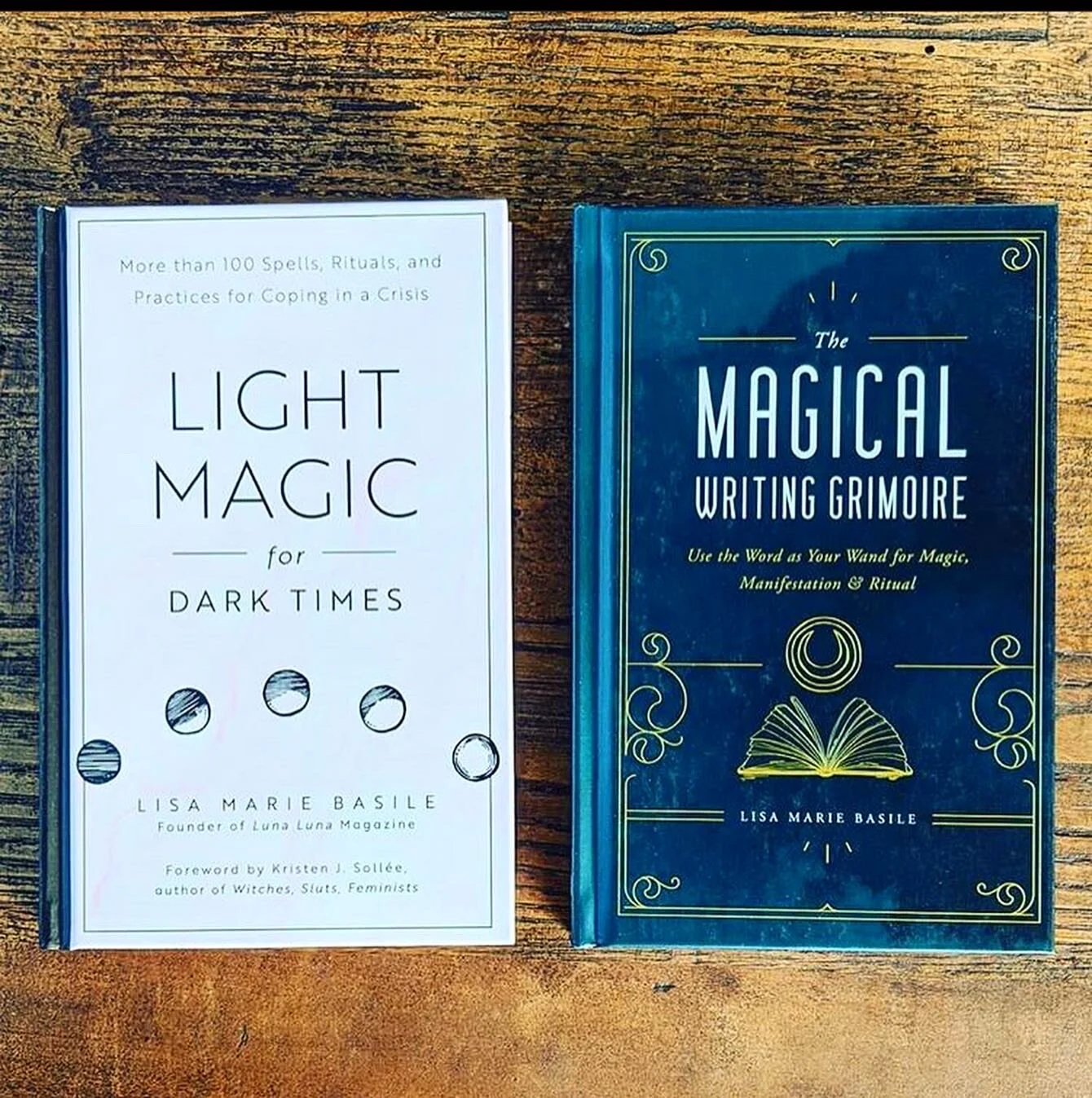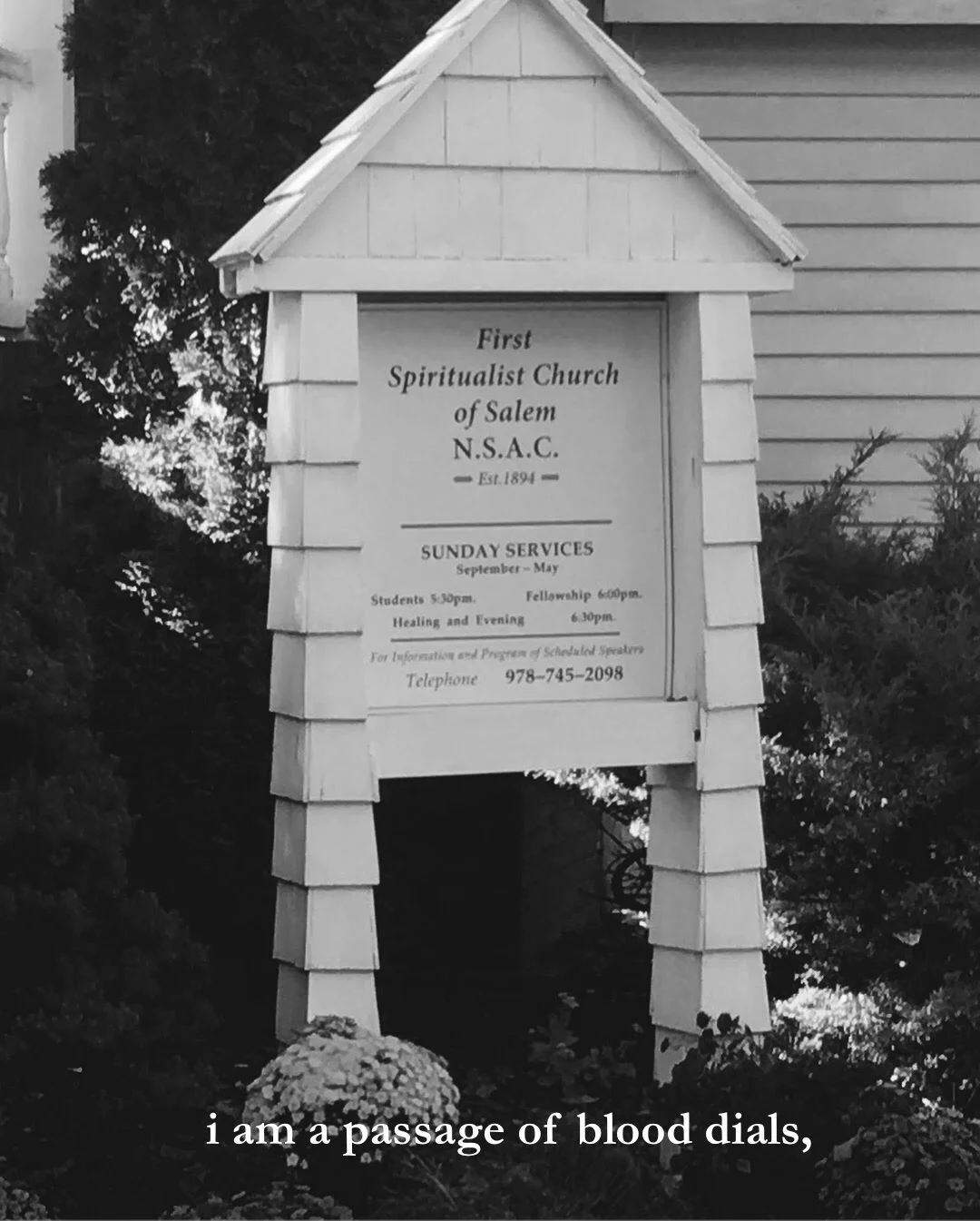BY PATRICIA GRISAFI
This piece is part of the Relationship Issue. Read more here.
VISITING LETCHWORTH VILLAGE
Growing up in Rockland County, New York was incredibly boring. I wasn’t an athlete, popular, or the after-school activities type, so there really wasn’t much to do other than get into a car and take off, hoping for adventure to find me. Every so often, to break up the monotony, I would visit the old grounds of Letchworth Village, a long-defunct institution built for the mentally and physically disabled. I would park in the abandoned lot of the old hospital and skulk around the grounds, peeking through the dirty windows with flashlights and wishing I could muster the courage to clear away the jagged glass from a pane and climb through.
Visiting Letchworth Village was a private shame, a sad place I explored in order to inject some excitement into my life. As I stalked through the weeds and the debris, I would imagine the horrors imbedded in the fabric of the place. Who had been discarded here? Who had suffered electroshock therapy? Where were the graves? The evidence of ghastly experiments?
It’s an ugly truth, but we enjoy visiting places where people have suffered or where horrible things have happened. There is something about a place with a bad reputation that sucks us in, crowds our imaginations, and almost energizes us. For me, Letchworth was that place.
Though Letchworth Village was founded with good intentions, it eventually collapsed under the weight of its difficult undertaking. Like Willowbrook State School on Staten Island, which became publicly infamous due to the 1972 Geraldo Rivera expose on institutional abuse (the videos where he stands amidst rolling, swilling, clasping bodies--naked humans in their own filth--have embedded themselves in our cultural consciousness), Letchworth Village was built for the cognitively impaired. Most of the patients were children, and it was not unheard of for parents to drop a child off and never return. Controversially, medical tests were also performed on hospital grounds; in 1950 the first polio vaccines were successfully administered. Understaffed and underfunded, the hospital compound closed down in 1996 amidst accusations of abuse and neglect.
One day, I found myself in Letchworth’s grand auditorium--legally. Some buildings on the campus had been occupied as part of a community initiative to redevelop the space, and my high school boyfriend and I went to see his sister play basketball there. In the auditorium, bright lights were on and ten year-old children were running around in blue and white T-shirts while parents and friends cheered from the folding chairs lining the newly constructed basketball court. Orange coolers and gym bags were heaped on the stage. There was no hint of despair or ghoulish evidence except a single white, metal bed frame stacked up against the wall in a small closet.
It was disappointing.
Since that day, I haven’t been back to Letchworth. But one night while channel surfing, I was struck by a familiar image: the grounds of the old hospital.
GHOST ADVENTURES, GUILTY PLEASURES & THE EXPLOITATION OF HAUNTED SPACES
The show featuring Letchworth Village was Ghost Adventures. A particularly bad example of the reality ghost hunting genre, Ghost Adventures features Zak Bagans as the leading obnoxious spirit agitator. This show and others, such as The Dead Files, The Haunted Collector, and The Haunting Of usually feature a team of "experts" who investigate haunted houses, demonic possessions, and cursed objects. Such shows usually move from daylight to green-lit nighttime videography and conduct EVP (electronic voice phenomenon) sessions.
As the crew moves about the haunted location, they will say things like "I just felt a cold breeze" or "I’ve been overcome with a deep feeling of sadness." Sometimes, an aggressive verbal battle with an entity will occur; maybe a glass will be thrown at the wall or a priest will scream "LEAVE THIS PLACE!"
Theatrics of the highest order.
I’m obviously not looking for a measured analysis when watching ghost shows. For those of us who love horror and are indiscriminate, shows like Ghost Adventures occupy a space in our day when we’re doing dishes or folding laundry and want something on in the background; it’s embarrassing but not much worse than other guilty pleasures like The Bachelor or Real Housewives. However, that doesn’t mean all media meant to explore the darker places that haunt our lives is kitschy at best, exploitative at worst.
RESPECTFULLY EXAMINING HISTORY
It’s absolutely possible to examine the history of an abandoned asylum without coming across like a buffoon. For example, the excellent Cropsy explores Willowbrook and its relationship to local urban legends on Staten Island. Cropsy remains one of most sensitive treatments of the suffering at Willowbrook--both of the patients and the staff who tried to care for them despite being underfunded, overwhelmed, and ill-educated. In comparison, Ghost Adventures swaggering in and making a mockery of place with a fraught and complex history is just icky.
Ghost Adventures is right about one thing, though: we are drawn to places like Letchworth Village. While there are many possible reasons, I think we are seeking some kind of experiential truth. We create connections with history by visiting significant locations, like Versailles, the Colosseum, or the Taj Mahal. Sometimes we visit places like Auschwitz to bear witness to a place where atrocities have taken place and to mourn the loss of life. And yes, occasionally we prowl the grounds of abandoned asylums ghost towns, looking for an intangible something, evidence of lives once lived, shared emotions, energy.
Exploring scary and disturbing places can be fun, and I doubt I will ever stop visiting abandoned asylums, murder sites, and ghost towns and participating in other kinds of morbid tourism. But we should take steps to be more thoughtful about finding the balance between the exciting immersion in these sensitive historical locations and respecting them as places of trauma and pain.
Patricia Grisafi, PhD, is an English instructor and freelance writer. Her work has appeared in Bitch, Bustle, The Gloss, and Rogue Agent. She is passionate about poetry, pitbull rescue, cursed objects, and designer sunglasses.































